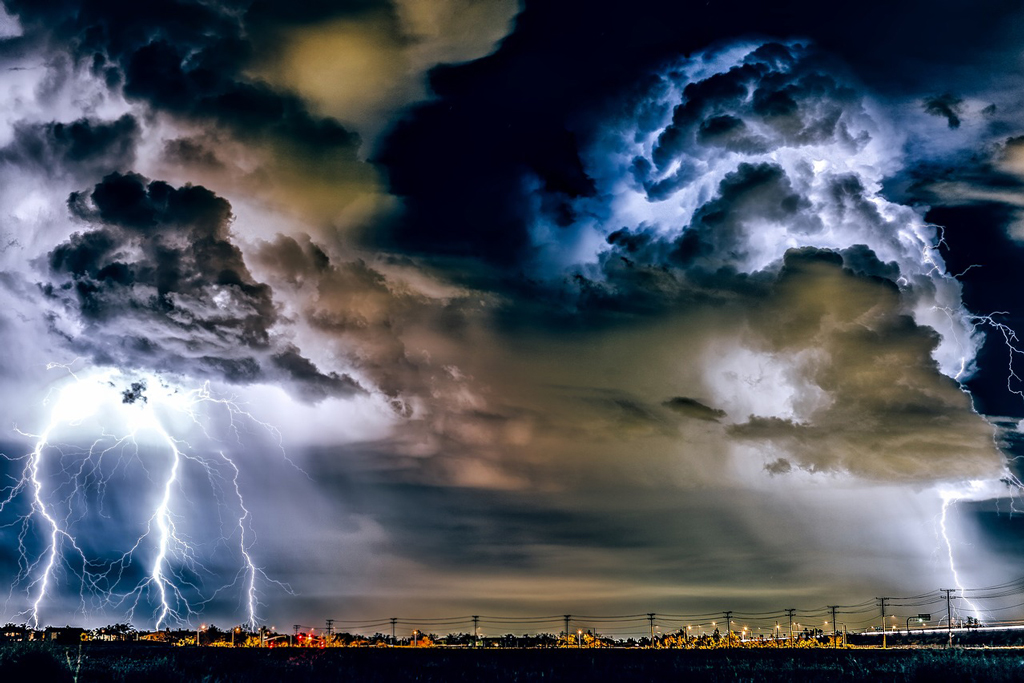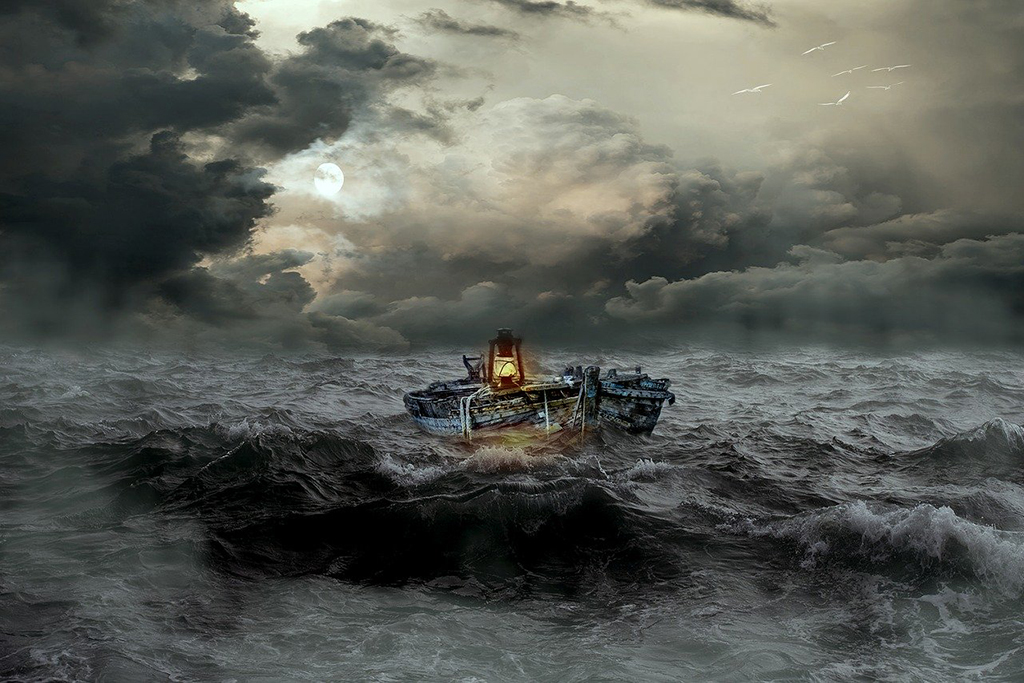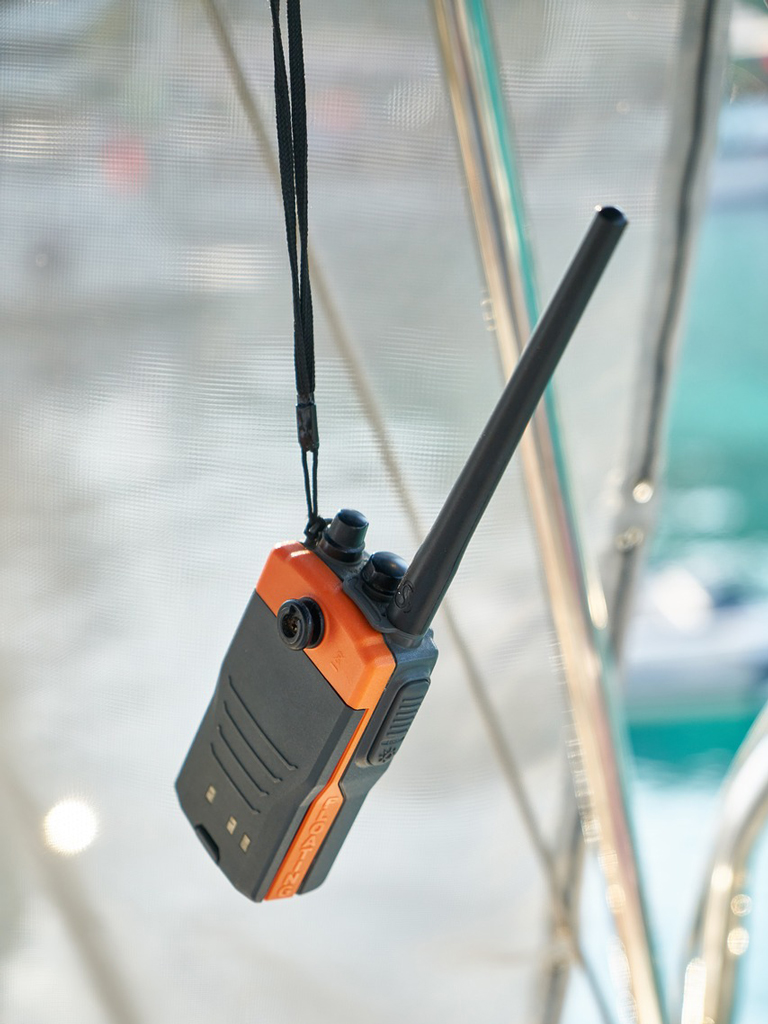
Severe Weather preparation for boat and crew
We are coming into the turbulent weather time of the year and we would like to take this opportunity to remind
you of some of the things you can do to help you prepare your boat for conditions ahead.
Trailerable Boats
- High winds will damage covers and clears – best to remove them completely.
- Remove any unsecured property from within and around the boat, life jackets, Rods & Reels Etc.
- Remove all electronics if possible and tape up the connections to prevent water entry.
- Do not leave your boat under trees, they are likely to damage the boat, trailer and engine.
- Best to move trailer & boat away from power lines altogether, trees or anything that can fall on your vessel.
- Make sure your boat is well chocked at the wheels for protection from large gusts of wind.
- Remember to lift the front of the vessel up to drain water away from heavy rain.
- Remember to remove bungs and clean any debris from your boat preventing the water to drain away.
- Move trailer boats away from water flow, in case of storm surge and flooding rivers.
- Most important keep your eye on the weather updates and be prepared – ‘When in doubt don’t go out’.
- Using services like the Club Marine, Bureau of Meteorology or Willy Weather Apps.

Prepare your Boat and Passengers if Caught in Severe Storm
- If caught in a storm, slow down, but keep enough power to maintain headway and steering.
- Best to close all hatches, windows, and doors to reduce the chance of swamping.
- Make sure you stow any unnecessary gear away to prepare for the trip home.
- Have your navigation lights on, in case visibility is restricted.
- Turn on bilges to free any water inside the vessel.
- Have buckets with lanyard handy to remove water if your bilge pump stops or the rain is very heavy
- If there is lightning, lower aerials, disconnect all electrical equipment. Stay as clear of metal objects as possible.
- Have everyone onboard put on an approved lifejacket or PFD that is in your vessel.
- If a lifejacket or PFD is already on your passengers, make sure they are secured properly on all your passengers.
- Have your passengers sit on the floor close to the centreline. This is for their safety and to make the pleasure craft more stable.

Go to Shore or Ride It Out?
First thing, decide whether to go to shore, ride out the storm or head for the nearest port or land that has a safe approach. If already caught in a storm, it may be best to ride it out in open water rather than try to approach a shore or harbour in heavy wind and high waves. Head the bow into the waves and maintain steering. Personal Watercrafts (Jet Ski’s) should head directly into the waves. Keep a sharp lookout for other boats, debris, shoals, or logs taking necessary action to avoid a risk of a collision. Rising rivers, streams, and creeks could carry hazards such as logs or other debris from the shoreline. Colliding with such debris could damage your engine, create a hole in your hull and flood your pleasure craft, or maybe even capsize your pleasure craft. If the engine stops, drop a “sea anchor” on a line off the bow to keep the bow headed into the wind and reduce drifting while you ride out the storm. In an emergency, a bucket will work as a sea anchor. Without power, a powerboat usually will turn its stern to the waves and could be swamped more easily. If the sea anchor is not enough, anchor using your conventional anchor to avoid drifting into dangerous areas.
What do You Need on Board To Summon Help?
It is best to keep onboard items for boating emergencies, the ability to summon help quickly can make the difference between life and death. Items that you should carry on board to help get assistance quickly are Epirb’s, Flares, Cell Phone and VHF Radio & Aerial. Cell phones may be useful for contacting local Coast Guard, making sure you have the number listed in your phone. Remember cell phones have serious limitations and should not be used as a substitute for a VHF radio. VHF marine radios are increasingly popular with boaters for good reasons. They save lives, are easy to use, withstand rough weather and are wired to the boat’s battery.
If there is a life threating emergency and you need to issue a mayday call on your VHF Radio.
- The procedure is as follows on Channel 16:
- Transmit “MAYDAY, MAYDAY, MAYDAY.”
- Say “This is (name of boat three times, call letters once).”
- Repeat once more “MAYDAY” and your boat’s name.
- Report your location.
- Report the nature of your emergency.
- Report the kind of assistance needed.
- Report the number of people on board and condition of any injured.
- Describe the boat and its seaworthiness.
- Wait for a response. If there is none, repeat the message.
